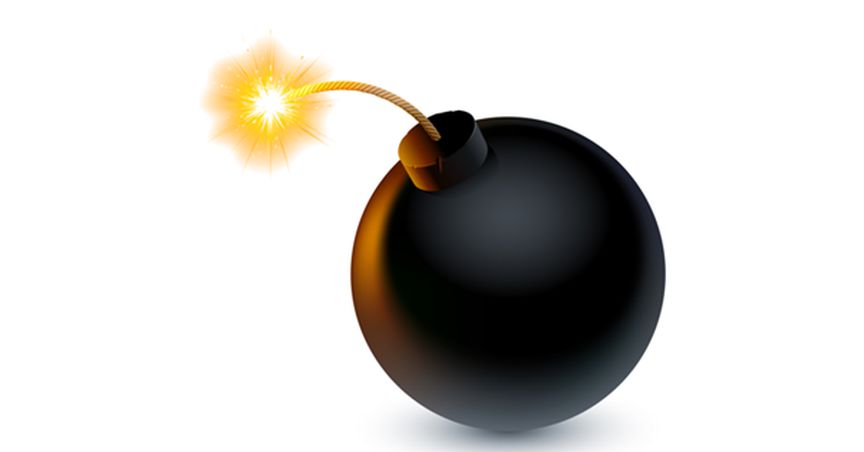Highlights
- The Difficulty Bomb refers to the increasing rate of time required to mine a new block on the Ethereum blockchain
- Because proof-of-work mining model requires strong computing power to release crypto coins, that makes it a heavy consumer of fossil fuels
- The “arrow glacier” upgrade essentially delays the onset of the difficulty bomb, which would slow down or halt mining of Ether until June 2022
It’s been an interesting year for the Ethereum blockchain. Developers on the largest smart-contract blockchain have been working overtime trying to hurry along its long awaited upgrade, which will hopefully turn it over from a proof-of-work protocol to a proof-of stake protocol.
The delays have no doubt been costly as more and more users switch to similar competing blockchains, like Solana and Polkadot, which have both vastly faster and cheaper transaction rates.
However, on December 6, Ethereum released its ‘arrow glacier’ upgrade, which will delay the problem of the Ethereum “difficulty bomb” and give developers some extra time to implement Ethereum 2.0.
What is “Difficulty Bomb”?
The Difficulty Bomb refers to the increasing rate of time required to mine a new block on the Ethereum blockchain.
As mentioned, Ethereum currently operates on a proof-of-work protocol, which means it requires high-powered computers to solve mathematical problems in order to release new coins.
However, as more coins are mined, the problems miners must solve become more difficult, requiring more computing power and, therefore, more money.
Why would such a cruel thing as a difficulty bomb exist? Well, actually, Ethereum developers introduced the difficulty bomb to better achieve the ultimate goal of transitioning to Ethereum 2.0.
This transition will ultimately make mining coins on the Ethereum blockchain more eco-friendly, reducing Ethereum’s energy use by 99.95%, according to Ethereum Foundation.

Image Source: © Elsar77 | Megapixl.com
The Issues with the Proof-of-Work Protocol
The proof-of-work mining model requires strong computing power to release crypto coins, making it a heavy consumer of fossil fuels.
This problem came to the public’s attention earlier this year when Tesla Chief Executive, Elon Musk, made the decision to halt accepting Bitcoin as payment for their electric vehicles.
Musk said at the time, his decision was driven by the revelation of Bitcoin’s high energy-consuming mining practices.
In the subsequent weeks, research from the University of Cambridge, revealed the yearly energy consumption of Bitcoin mining was equal to that of some small countries.
In another more alarming report, The New York Times reported that Bitcoin mining was responsible for 0.5 percent of all electricity consumption on an annual basis.
Ethereum’s eventual planned move to a proof-of-stake protocol will significantly reduce its power consumption through its mining practices.
With the new proof-of-stake protocol, which Ethereum plans to upgrade to in 2022, transactions will be verified based on the holders' stake in the Ether token.
Ultimately, the goal for Ethereum is to make it more scalable, secure and eco-friendly. It also means that Ethereum miners will no longer be able to generate revenue through mining the coin.
What Does the Arrow Glacier Upgrade Achieve?
The “arrow glacier” upgrade essentially delays the onset of the difficulty bomb, which would otherwise slow down or halt the mining of Ether until June 2022.
Ethereum's coordinator of protocol developers, Tim Beiko, says that now that the latest upgrade is in place, the difficulty bomb will no longer exist on the network.
Ethereum’s Future
The Ethereum upgrade is a huge undertaking for the blockchain’s developers and has been delayed multiple times already. The overall goal of the upgrade will, no doubt, vastly improve what is already one of the major blockchains in the crypto space.
The latest upgrade has successfully diffused Ethereum’s difficulty bomb. s



